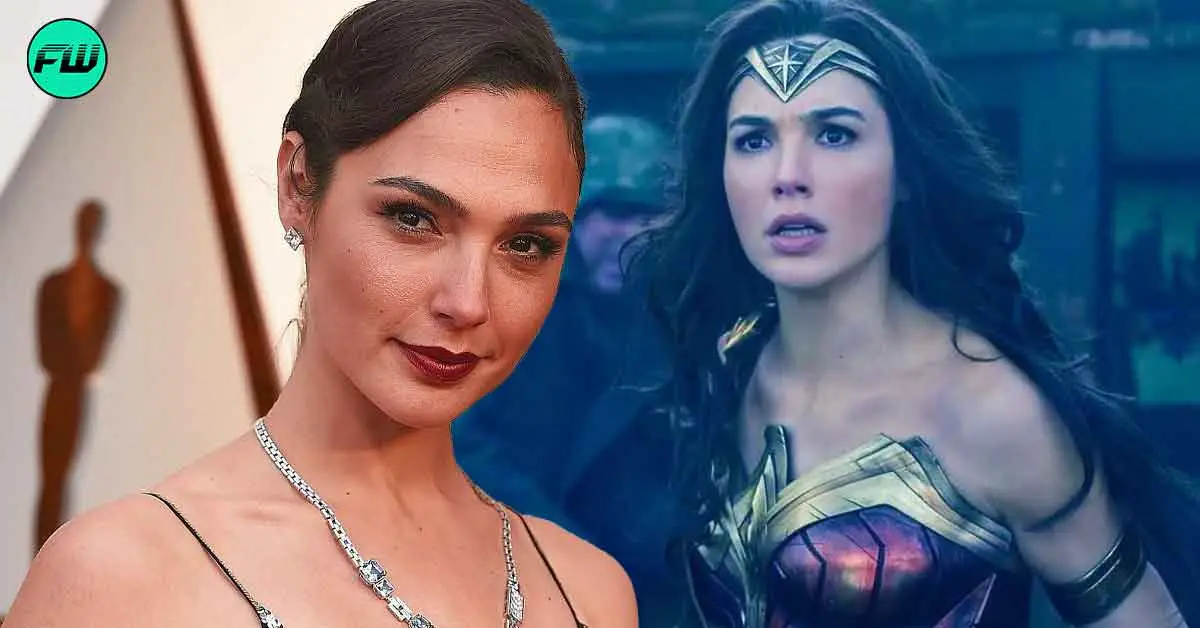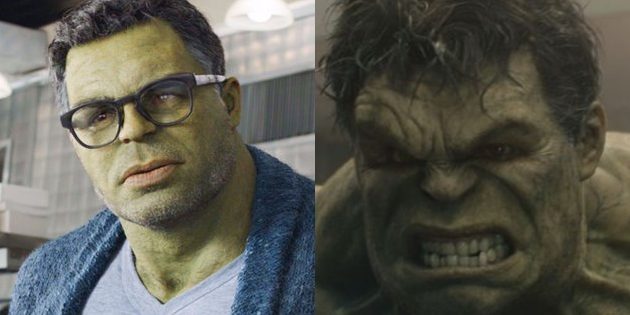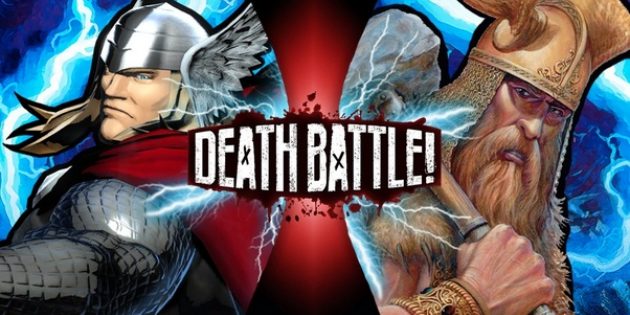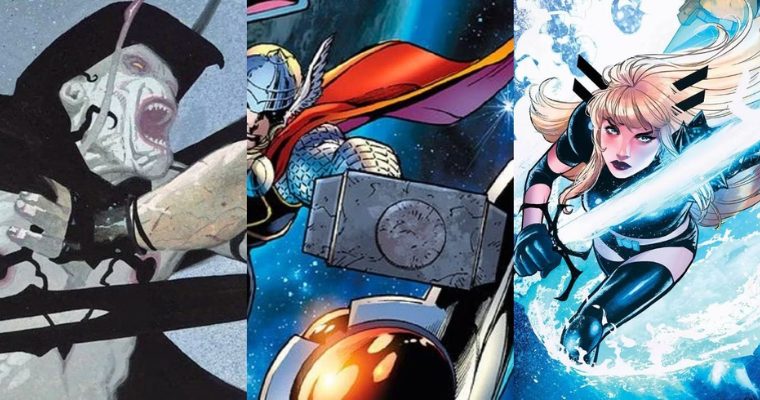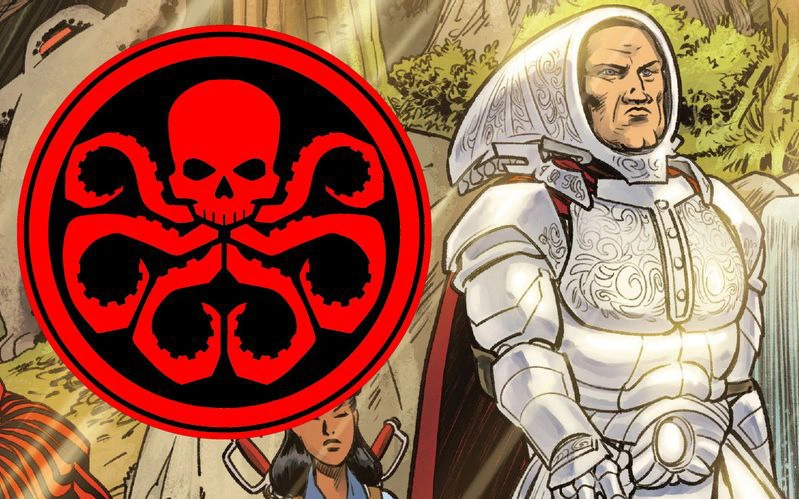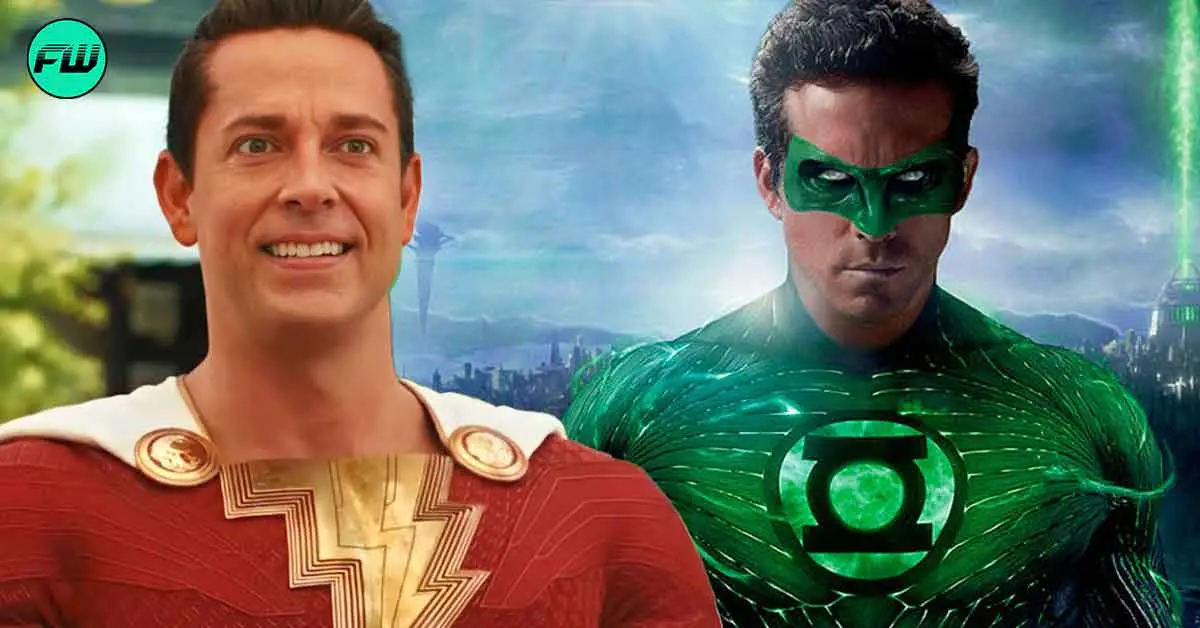Some fans might be wondering what exactly went wrong with Ant-Man and the Wasp: Quantumania and why critics feel as negatively towards the latest MCU outing as they do.
Despite being one of the most important Marvel Cinematic Universe movies in recent years, when the first reactions came out, they were fairly lukewarm.
Then the actual reviews hit, they were bad, and the movie’s Rotten Tomatoes score plummeted, which now sits at a 48%. That makes this threequel and Eternals the worst-rated Marvel Studios projects to date.
So what went wrong?
1.) Too Much MCU Exposition Marvel
Marvel
With Ant-Man and The Wasp: Quantumania kicking off Phase 5 in a major way, it was expected that it would be providing some insight into what’s in store for The Multiverse Saga. For some viewers though, the movie may have gone a tad bit overboard.
Audiences were given a rundown of the Multiverse, its connection to Kang, its connection to other Kangs, and why this will be a bad thing for the Avengers down the road all in one go, which may have made it hard to care more about Ant-Man 3‘s actual story, as well as the story that’s being promised down the line.
This was done all the while the movie was telling, rather than showing. A lot of the movie’s crucial information isn’t always given to the audience in the most compelling manner.
Characters are constantly told how rough and tough Kang is or how fearsome killer ants from the future can be but are rarely ever shown; the audience is just told and expected to buy it, which leads to a much more dissatisfying payoff when these elements converge.
2.) No Arcs to Be Seen Marvel
Marvel
Then there’s the issue of unsatisfying character journeys.
Some have pointedly claimed that the movie basically starts exactly where it began—with no one truly changing, having had no development of any kind. Scott Lang starts off as a naive hero that pushes problems that he could be acting to prevent to the side, which is exactly where he finds himself at Cassie’s party.
Even his relationship with his daughter feels disjointed. Rather than the movie culminating in Cassie proving herself to be a hero and saving her father to complete their narrative arc, it’s instead Hope who is given the spotlight in the final moments.
While the movie itself can be a fun romp throughout, there isn’t always enough meat on the bone to deliver anything too deep, character-wise.
3.) The VFX Marvel
Marvel
One of the most common complaints about Quantumania lies in the VFX work.
Many feel the whole package is simply lackluster, with most of it looking rubbery and cheap—anything but convincing. It doesn’t help that one key character is an odd-looking floating head.
Even its lead villain, who has a practical suit, is victim to subpar VFX work in every action scene he dominates.
Some also believe the strange design of the Quantum Realm is simply nonsense for nonsense’s sake—with no creative reasoning behind anything; they threw things against a wall to see what stuck.
However, there is one aspect of the VFX that is worse than the rest and has been a consistent problem with recent Marvel affairs: The Volume.
4.) The Volume Marvel
Marvel
For those who don’t know, The Volume is essentially a large real-time video screen that the actors perform in front of instead of a green or blue screen.
The technology was first introduced with The Mandalorian, and since then, everyone else seems to have had trouble implementing it well.
For Quantumania, it resulted in some truly awful, completely flat, barren, and boring landscapes—that were utilized multiple times.
Put simply, it looks cheap and is far from convincing. Over-reliance on the technology has been hurting various projects.
Perhaps it’s time Marvel gives it a bit of a break.
5.) Sloppy Editing & Lackluster Choreography Marvel
Marvel
A lot of the small stuff adds up. While the Marvel Cinematic Universe has often prided itself on being meticulous in its attention to detail, many minor issues with Quantumania end up leaving the movie feeling like it needed a bit more oversight in some areas.
One example is the constant use of unnecessary quick cuts, which can often disorient viewers. A great example of this is when Kang lets go of Scott, who then falls to the ground—but instead of one fluid motion, the brief action is shown in three quick cuts.
Then there’s the observation that the story could have been easily navigated and avoided if the characters talked to each other. The biggest perpetrator of this was Michelle Pfeiffer’s Janet, who was needlessly not telling her family important information when there was plenty of time and reason to do so.
Another point is the matter of clunky choreography in even basic scenes and unnecessary moments where the characters pause what they’re doing to deliver a few quips. This happens the most with Scott and Cassie.
Obviously, the two are great together, but there were a few times when the two found themselves in the middle of a battlefield, taking off their helmets for no reason, throwing a joke or two, then jumping back in it.
It’s also been noted that the Freedom Fighters didn’t really add much to the plot, and the story could have done without them—utilizing the extra time on the core cast.
6.) To Kill a Kang Marvel
Marvel
By the time the movie comes to a close, it seems that the Variant of Kang the Conqueror audiences have been following the whole film has died, sucked into his own Multiversal engine core.
Many feel this undermines the threat of the villain, who is set to go on to become the big bad in multiple Avengers movies. If he was beaten by Earth-616’s Ant-Man, what hope does he have against his fellow heroes?
Well, one point to remember is that this Variant has already wiped out the Avengers multiple times off-screen—including Thor himself. So, clearly, he is powerful.
More importantly, it’s prudent to note that the movie makes multiple attempts at questioning this Variant’s fate.
For one, he was sucked into the core in a very similar manner to Darren Cross—if MODOK was able to survive, there’s every chance in the world that this particular Kang did as well. Add on how it was a MULTIVERSAL engine, and his fate becomes endless possibilities.
Scott Lang even questions this in his final monologue, as does the Council of Kangs in their brief scene.
Audiences have also voiced that if each Kang is going to die in their first appearance, then future stories would likely fail to make any meaningful connection between the big bad and those watching.
Perhaps Quantumania’s Variant will not only return but be so much stronger than before.
Only time will tell.
7.) The Stakes Marvel
Marvel
This issue is a slightly confusing one.
Many people felt there were no stakes in the movie—which is odd at first, because the stakes seemed very clear: people and entire timelines will die.
So, the stakes were there. But perhaps they were a bit muddled because also, according to the film’s narrative, preventing the Exiled Kang’s escape would result in something catastrophic as well. This makes the whole movie feel like a lose-lose situation.
Furthermore, there really weren’t any consequences. Everyone makes it out unharmed. Even Scott and Hope get to casually come home after being dramatically left behind, which felt underwhelming.
Though, had they been stuck there until The Kang Dynasty, Marvel Studios would have been setting themselves up for the same exact setup as Endgame; Scott gets free from the Quantum Realm just in time to help the Avengers with a big foe. So, that’s another lose-lose writer Jeff Loveness set himself up for.
There is also a parallel issue that some fans felt strongly about: they missed the small stakes of the first two movies. Many felt like this grandiose narrative took Ant-Man away from some of the key pillars of his own franchise.
So What Worked? Marvel
Marvel
Sure, the reaction to Quantumania is mixed at best. But what about it worked?
Universally, everyone seemed to love Jonathan Majors’ Kang, which is great, seeing as he’s the big bad of the Multiverse Saga.
The actor steals every scene that he’s in and makes a great case as to why the MCU’s heroes better watch out.
The movie’s cast, in general, also remains amazing, with Paul Rudd as likable as ever, Kathryn Newton’s Cassie is a great addition to the cast, and Hank Pym was somehow able to keep ants relevant to the story being told.
While The Wasp was given next to nothing to do, at least Michelle Pfeiffer was able to shine, making up for her slim appearance in the second film. The return of Corey Stoll as MODOK was also met with praise, with many loving the new zany direction for the villain.
Even for those who enjoyed it, such as myself, the world knows Marvel Studios can do better.
Hopefully, all the changes they’re working on making behind the scenes will start showing off sooner rather than later.
Ant-Man and the Wasp: Quantumania is now playing in theaters worldwide.



